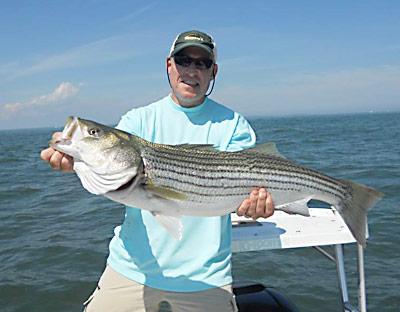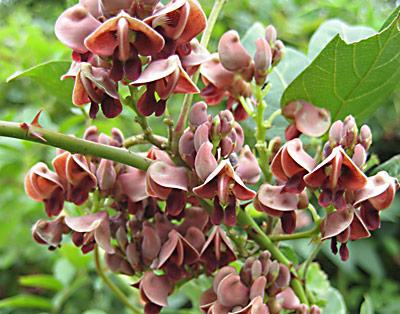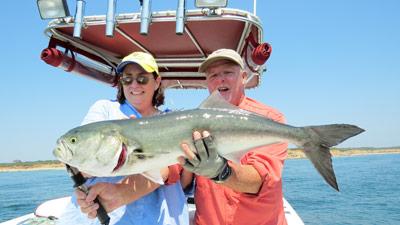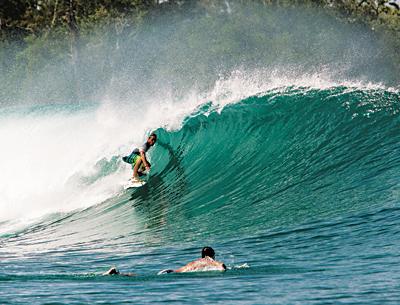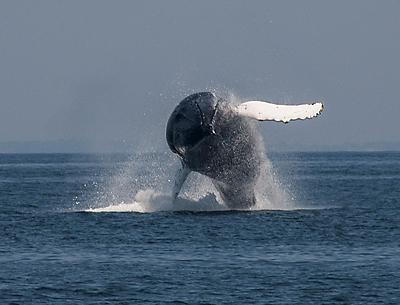Nature Notes: The Edge of the Sea
Nature Notes: The Edge of the Sea
The edge of the world’s oceans is the shore, and it is continually modified by storm times. It comes and goes, builds and jettisons. In areas where rocky land masses dip directly into the sea, the shore may be less than two feet wide on average. Where more sand is delivered than taken away, the shore, then the beach, can be hundreds of feet wide. There is no surface geologic formation in the world longer than the shore.
If you were to measure the shorelines of the five continents and the one supercontinent, Eurasia, and add those distances up, you would get a figure of about 115,500 miles, that is about two and a third times larger than the circumference of the earth taken at the equator. To travel the world’s entire marine shoreline by boat, riding night and day at say at an average speed of 10 miles per hour, it would take approximately 11,550 hours, or 481 days. No one has ever done so, so we don’t have a Guinness Book of Records figure for such an ambitious excursion.
Is the world’s shoreline length increasing or shrinking? That is the one of the major questions posed by global warming. As sea level increases, in almost every situation, the shoreline recedes. When an island or a salt marsh drowns, as is happening in Jamaica and Chesapeake Bays, the shoreline moves landward. In some northern areas of North America and Eurasia, such as the coast of Alaska, the shore is building seaward. The land is rising. As the glaciers melt away, the land becomes lighter and thus is buoyed up. When the glaciers have melted away completely, the land under them will reach it highest elevation, approximate to that prior to the last ice age, 15,000 to 20,000 years ago, as the glaciers melted back toward the Arctic Circle.
Of course, all that melted ice water is freshening up the seas, but that’s a topic for another day. Eurasia, including the British Isles and Japan, has the longest coastline, more than 40,000 miles long. North America, including Greenland and Central America, comes next with about 32,250 miles, then Africa with 16,900 miles of shore. The seventh continent, Antarctica, has the least, only 6,000 miles of it.
Millions of years ago, the world’s collective coastline was considerably shorter, as South and North America were congealed with Europe and Africa. The Atlantic Ocean was only a dimple. The two continental systems are moving away from each other at a rate of a few millimeters a year. At the present rate of separation, the two plate systems will have moved apart by a few meters in a million years, by a more than two kilometers in 100 million years, and so on and so on. That’s how the three species of freshwater lungfishes in the world ended up in Africa, South America, and Australia: They drifted apart from their progenitor species.
You can find marine fossils loosed from the sides of Kentucky rockslides. How did they get there? Well, the seas reached all the way to the Midwest before orogenesis created the Appalachian Mountains, which raised the level of the land well above sea level and the seas receded hundreds of miles to the east. In the American West marine fossils can be found on the west side of the Sierras and in Arizona. Where did all this water come from anyway? The prevailing theory is that the earth was dry or almost dry until bombarded by comets, which are mostly made of ice. How many comets created the world’s oceans and how large were they on average? Those are questions still to be answered by astrophysicists, astronomers, and geologists. And come the next ice age — there have been several — coastlines will shrink, shores will widen, and we might be right back where we started 15 millennia ago.
Some people prefer the mountains. Some prefer slow moving rivers and rapid running streams. Born on Long Island’s North Fork in Mattituck, which is low in elevation and has no rivers or streams, I was raised with a limited hydrologic view, but at an early age I did learn about the seas and many of their mysteries. I lived a few hundred yards from two of what are now known as national estuaries — the Long Island Sound and the Peconics — two of the 20-plus in coastal America. Physiologists and medical doctors tell us that our vital fluids are not so different from seawater. Saline is still administered in lieu of blood in some emergencies.
My vital fluids must be very similar, as the thought of living somewhere inland away from the edge of the sea sends me into a tizzy. The beat and lapping of the waves is not so different in meter from the beat of the sea person’s heart. A sea without tides and waves is not a sea according to my personal lexicon.
While exobiologists search for extraterrestrial life in meteorites, which could provide one explanation for the origin of life on Earth, most of the scientists trying to explain life’s origin, the first fossil evidence of which now dates back to more than eight billion years, believe that life originated in the soup of salts and organic molecules found at the seas’ edge, not unlike, perhaps, the soup froth that we see on occasion in the wake of the receding waves. We do know that many, many invertebrates and fishes evolved in seawater, but we still have a long way to go before we know for certain just how life originated here.

